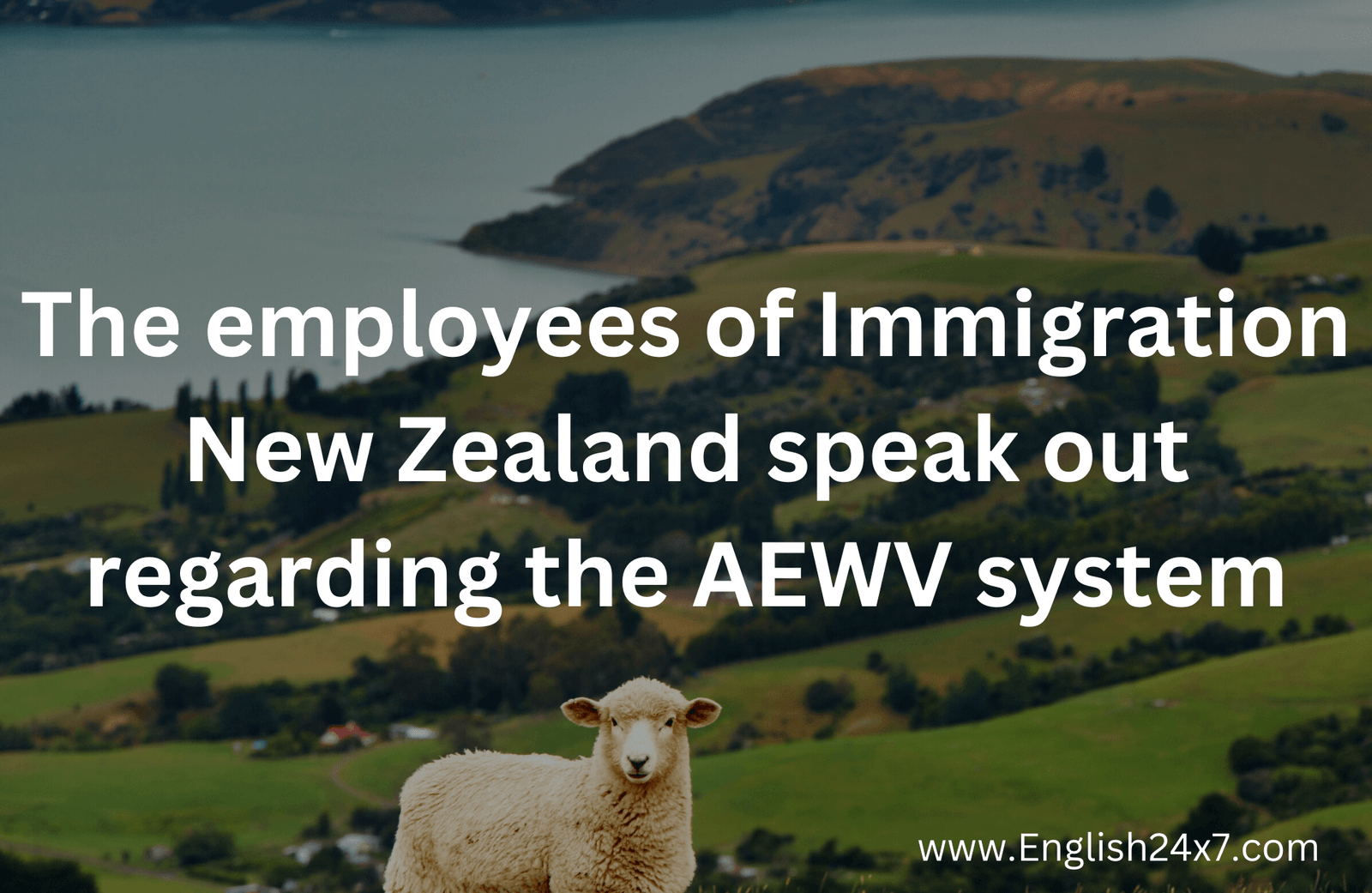
Lifestyle and outer regional 491 visa program attract Indians to Mount Gambier
Indian immigrants have introduced new enterprises to Mount Gambier and established the first regular Sikh temple prayer meetings in the city. According to the 2016 Census, there are 100 persons of Indian origin living in Mount Gambier, Australia. By 2021, that number is expected to rise to 150.
The owner of the city's first Indian store thinks the number of Indians moving to the area may have increased thanks to the new 491 visa policy. The program facilitates permanent residency for holders of visas for outer regional states.
Juby Baby, manager of the Mount Gambier Indian Grocery, and her husband, Elben Benny, moved to South Australia's second-largest city because of the visa system.
"We came to Australia in 2018, and we were in Melbourne, but then we moved to Mount Gambier [in 2021] like all the other visa applicants," Ms. Baby added. We finally settled here and discovered peace, quiet, and friendly neighbours.
Mount Gambier is located in the middle of Adelaide and Melbourne and is home to almost 30,000 people.
Ms. Baby and her husband, Elben Benny, local Jeni Jackson, and Sunny Li, who operates a dumpling takeout out of the same area, opened their grocery store last Saturday.
Ms. Baby noted that many Indians made expensive trips to Melbourne or Adelaide to purchase their favourite items. She emphasized how challenging it was. Everyone is dealing with the same issue. We wanted one because of this very reason.
Sikhs in the Mount Gambier area can now attend services twice daily at a gurudwara. Sikh services are led by Harjit Singh, who was born in India. Amandeep Kaur relocated to Mount Gambier in 2019 to utilize her home as a Sikh temple.
Ms. Kaur clarified that anyone is welcome in the Gurudwara on Wehl Street South. To that end, "we are trying to create a place with a lot of silence and piousness," Ms. Kaur said.
"Come up here, sit, and use the space to meditate and try to understand how the world came to be, regardless of community, religion, or where you come from."
After prayers on Wednesdays, there will be a time of meditation and refreshments at no cost.
In 2021, an Adelaide businessman saw an opportunity to cash in on Mount Gambier's burgeoning Indian community and tourism trade by purchasing one of the city's three Indian restaurants.
Kulbir Kaur, the assistant manager of the Indian restaurant in Mount Gambier, has noticed an increase in the number of people of Indian descent in the city since January. She came to Mount Gambier like many other Indians for a 491 visa and a better life.
"Mount Gambier, especially if they have children, has more facilities than regions or towns," Ms. Kaur said.
My two kids, ages 2 and 4, can take advantage of this area's excellent educational opportunities, swimming lessons, and other recreational opportunities.Mount Gambier is favoured over nearby smaller towns because of its Market.
According to her, the eatery often needed more food and seating on long weekends. She mentioned that Indian vacationers frequently spent long weekends in Adelaide and Melbourne.
Two real estate developers of Indian descent have purchased land on the outskirts of Mount Gambier. Two hundred block proposals have been submitted to the two local authorities.
During the COVID-19 ban in New South Wales and Victoria in 2021, Sydney residents Ram Vel and Satya Gala acquired the property without first seeing it.
Mount Gambier's north side, close to the University of South Australia campus, will soon be home to two new residential developments.
Mr. Gala explained that the city's many tourism attractions and established infrastructure, such as its schools and hospital, were major draws for the investment.
The homes, he said, would be owned by investors and local families.
Mr. Gala said, "they can make a meaningful and profitable business where the community is always at the front end of receiving."
He claimed we might cut costs by constructing "simple" homes. He explained, "we are always mindful of the cost" to avoid putting prospective consumers in a financial bind.







